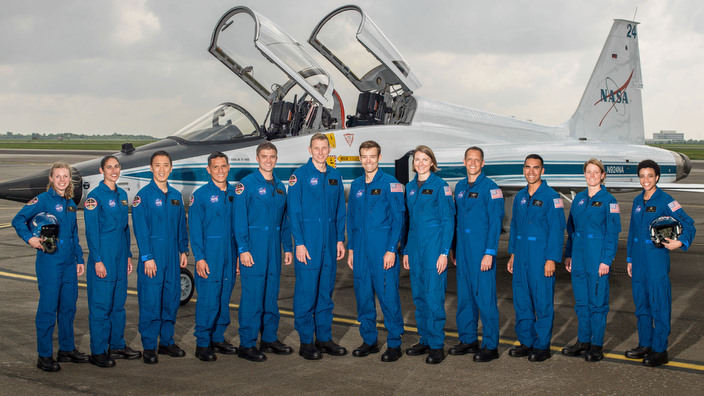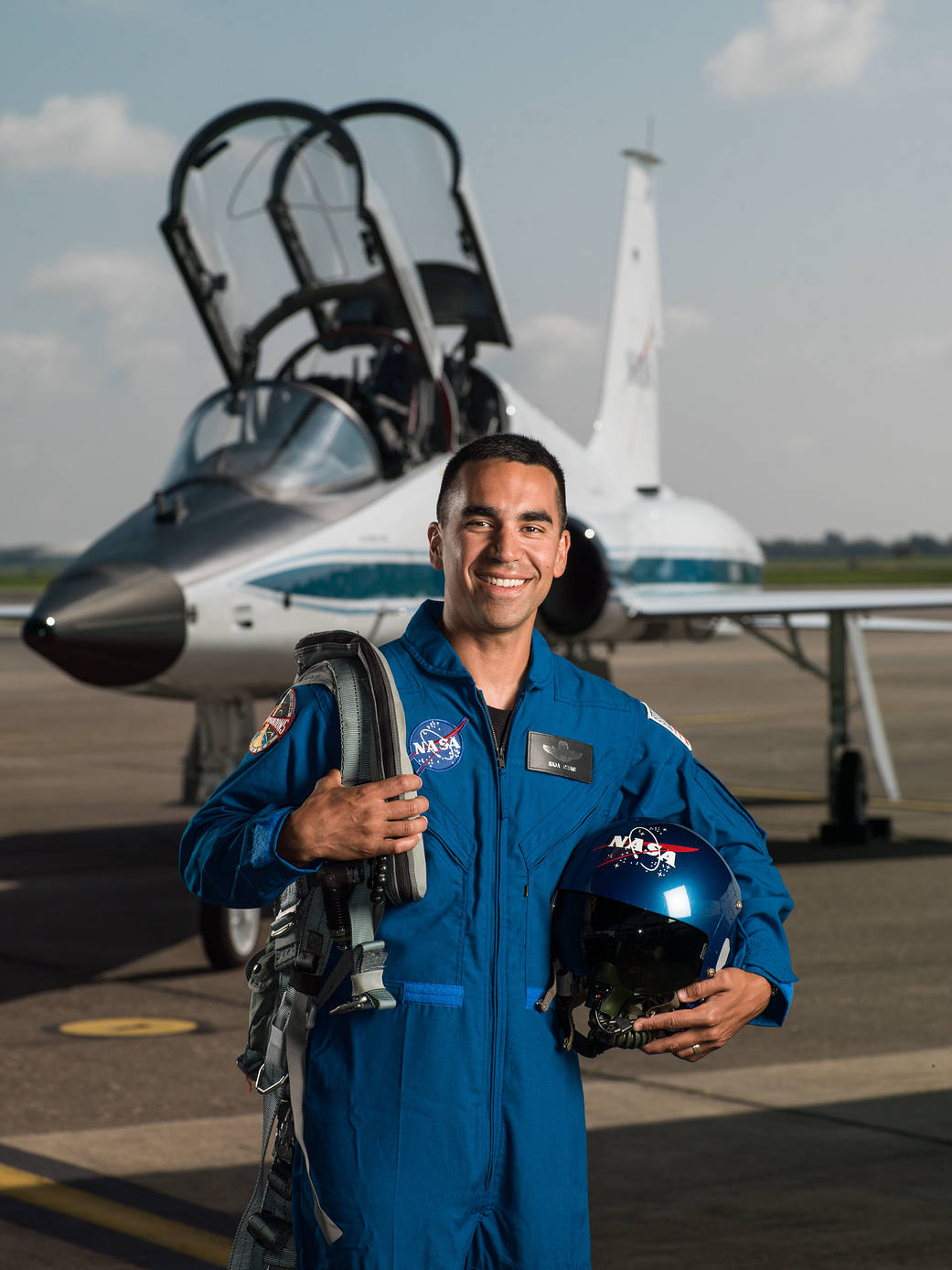American space agency Nasa named 12 astronauts on Wednesday, including an Indian-American, from a record number of over 18,000 applicants, who will be trained for missions into Earth orbit and to deep space.
The astronaut class of 2017 includes doctors, scientists, engineers, pilots and military officers from Anchorage to Miami and points in between. They've worked in submarines, emergency rooms, university lecture halls, jet cockpits and battleships. They range in age from 29 to 42, and they typically have led the pack.
To be selected, applicants have to meet physical requirements as well as education and experience criteria - such as having a bachelor's degree in a STEM field or accumulating up to 1,000 hours of piloting jets.
"It makes me personally feel very inadequate when you read what these folks have done," NASA's acting administrator, Robert Lightfoot said on Wednesday. Among them is 39-year-old Indian-American Lt Col Raja "Grinder" Chari, a commander of the 461st Flight Test Squadron and the director of the F-35 Integrated Test Force at Edwards Air Force Base in California.
Among them is 39-year-old Indian-American Lt Col Raja "Grinder" Chari, a commander of the 461st Flight Test Squadron and the director of the F-35 Integrated Test Force at Edwards Air Force Base in California.

12 new astronaut recruits by NASA on Wednesday, June 7, 2017 at the Johnson Space Center in Houston. Source: NASA
Chair hails from Waterloo, Iowa, and has earned a Master's degree in aeronautics and astronautics from MIT and graduated from the US Naval Test Pilot School.
He has accumulated more than 2,000 hours of flight time in the F-35, F-15, F-16 and F-18 including F-15E combat missions in Operation Iraqi Freedom. The astronauts have two years of training before they are eligible for flight assignments. They are scheduled to report for duty at the Johnson Space Center in August.
The astronauts have two years of training before they are eligible for flight assignments. They are scheduled to report for duty at the Johnson Space Center in August.

2017 NASA Astronaut Candidates. Photo Date: June 6, 2017. Location: Ellington Field - Hangar 276, Tarmac. Source: Photographer: Robert Markowitz/NASA
NASA is developing a heavy-lift rocket and Orion capsule for travel to the moon and eventually Mars.
It is also working with Elon Musk's Space Exploration Technologies, or SpaceX, and Boeing Co to develop commercial space taxis that can ferry crews to and from the International Space Station, a $100 billion research lab that flies about 240 miles (400 km) above Earth.
Follow us on FACEBOOK



